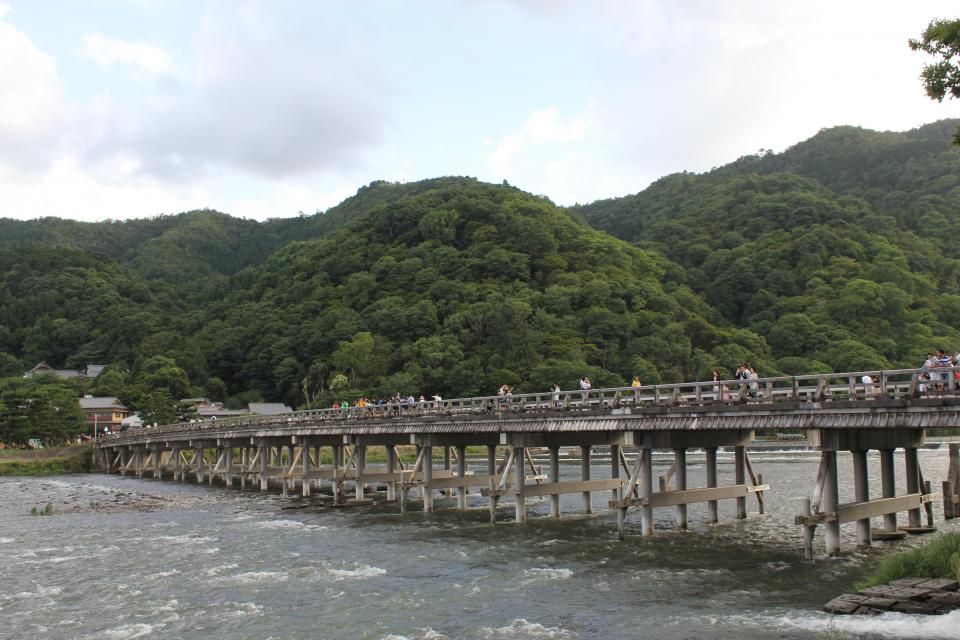관광 & 체험
Saga&Arashiyama
관광 & 체험
Saga&Arashiyama
Located northwest of Kyoto City, Saga-Arashiyama area is famous for the Sagano bamboo grove and Togetsu Bridge, always crowded with people taking instagrammable photos. However, do you know that there is an area with hidden gems behind the popular tourist spots?
It is the area called Okusaga. Its peaceful scenery is reminiscent of the old days when people used to come and go, and the emperor Saga cherished the idyllic landscape and tranquility of this area.
Sights
●Tenryuji Temple
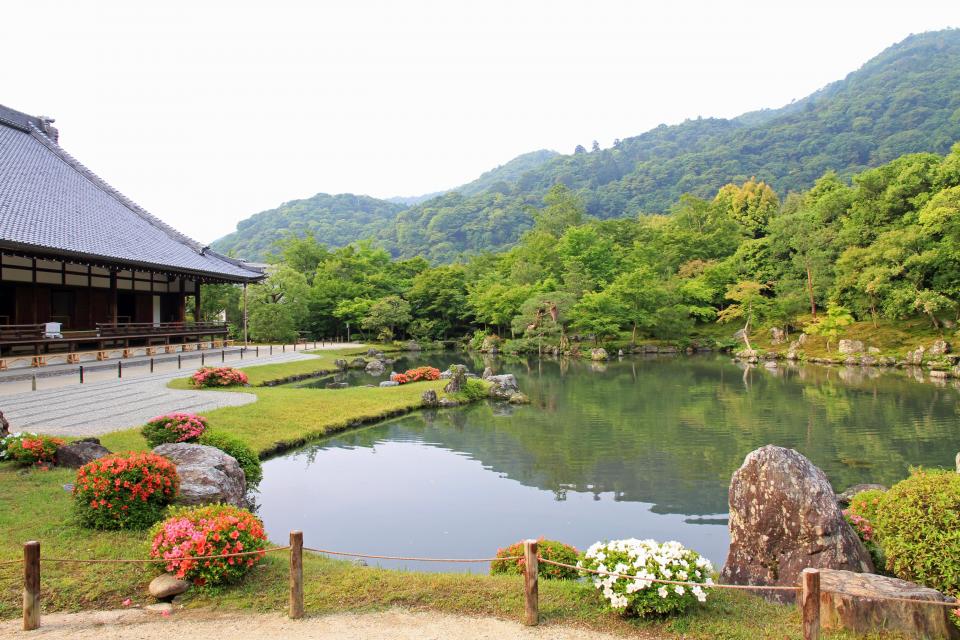
●Daikakuji Temple
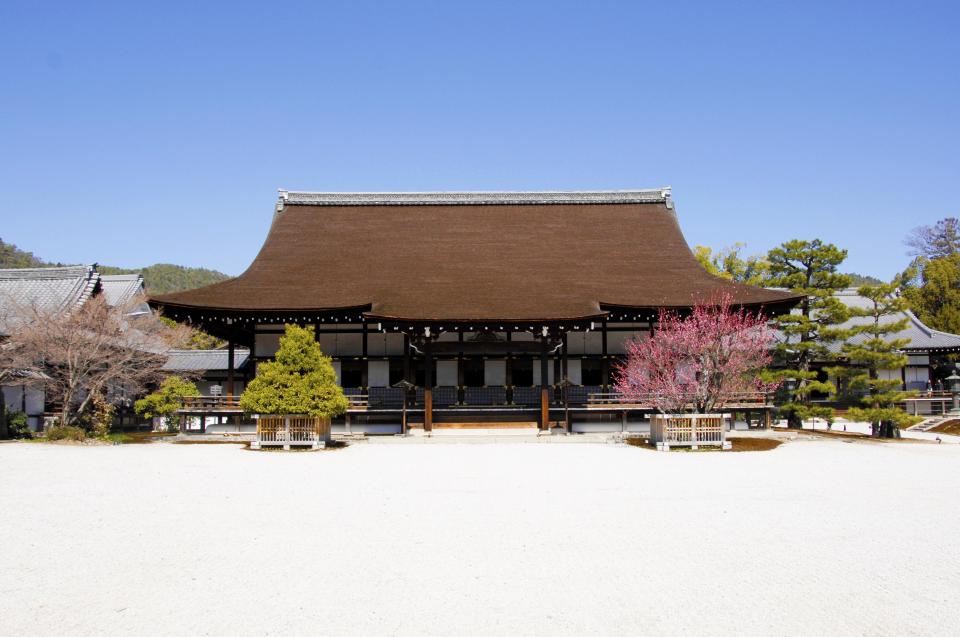
●Gio-ji Temple
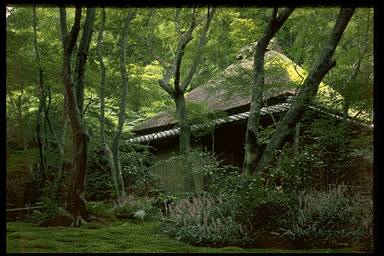
●Otagi Nenbutsu-ji Temple
The temple was built by Ashikaga Takauji to console the spirit of Emperor Godaigo. The Sogenchi Garden, a World Heritage site, was created about 700 years ago by Muso Kokushi (a Zen priest of the Rinzai sect), for whom creating a garden was an ascetic practice. Incorporating Kameyama and Arashiyama as backdrops, the garden attracts visitors with its charms changing every season. There are many highlights in the pricincts, such as the Unryu-zu, a large dragon drawn on the ceiling of the dharma hall.
Exiting the north gate of the temple, you will find a path that goes through the bamboo grove. The area was allegedly popular as the noble's vacation villas in the Heian period (794-1185). The sunlight filtering through the bamboo feels pleasant on a sunny day.
https://www.tenryuji.com/en/
https://www.tenryuji.com/en/

●Daikakuji Temple
he area used to be a hunting ground for the court nobles. Daikakuji Temple was the former imperial detached palace in the 9th century and then changed into Daikakuji Temple. The graceful architecture of the Shinden-zukuri (nobility’s residence) style and the elegant mural paintings of birds and flowers will bring you the noble air of the Heian period (794-1185). The peaceful and panoramic view around the Osawa Pond is breathtaking, especially during the cherry blossom season in spring and the colored foliage season in autumn. If time allows, try your hand at sutra copying or Buddhist image tracing in honor of Emperor Saga, who excelled in calligraphy.
https://www.daikakuji.or.jp/english/
https://www.daikakuji.or.jp/english/

●Gio-ji Temple
Tucked away off the main road stands Gio-ji Temple, surrounded by brushwood fences. Together with the tragic episode of the dancer Gio, the seasonal changes in scenery created by the moss garden and maple trees embody the true Japanese sense of beauty.
https://www.giouji.or.jp/en/
https://www.giouji.or.jp/en/

●Otagi Nenbutsu-ji Temple
Located at the north end is Otagi Nenbutsu-ji Temple, which has been quietly booming among tourists in recent years. In the precincts, 1,200 Rakan statues with unique facial expressions await you. They were chiseled by people who responded to the call of the former chief priest, who was also a Buddhist sculptor and restorer when he moved the abandoned temple to this site.
https://www.otagiji.com/

https://www.otagiji.com/

Events
●Adashino Nenbutsu-ji Sento Kuyo (Thousand Lights Memorial Service)
●Kangetsu no yube(The full moon viewing party at Daikakuji Temple.)
Thousands of candles are lit up among the ancient stone images to repose the dead souls, turning the whole area heavenly and sublime.
August 23rd and 24th:
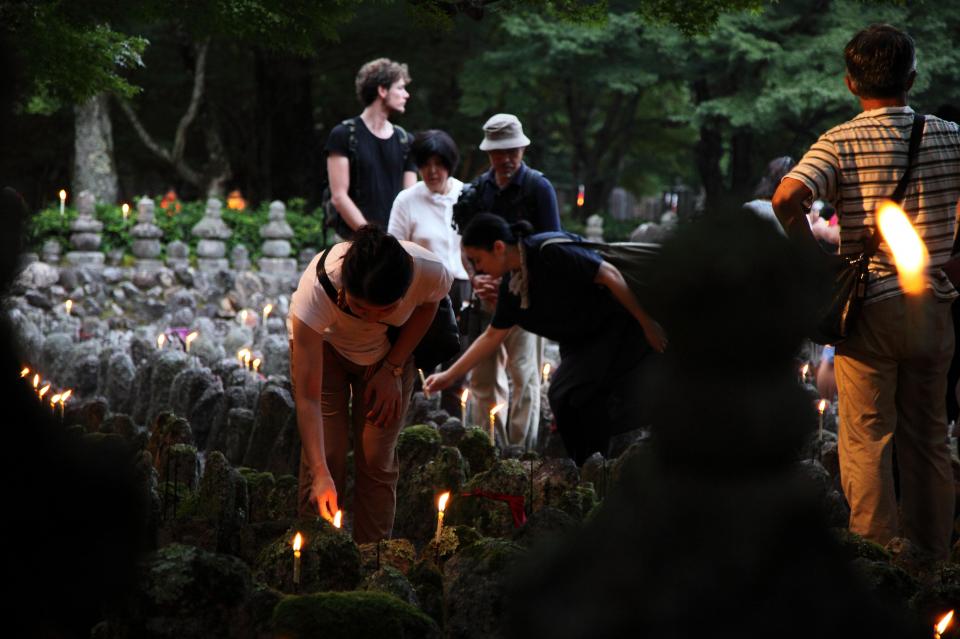
August 23rd and 24th:

●Kangetsu no yube(The full moon viewing party at Daikakuji Temple.)
The date changes every year, so check the website. Reservations are required to board the boat.
Mid-Autumn days in September or October:
https://www.daikakuji.or.jp/english/annual-events/

Mid-Autumn days in September or October:
https://www.daikakuji.or.jp/english/annual-events/

Tips
The teahouses near the torii gate are Tsutaya and Hiranoya. Both are restaurants with a history of 400 years and famous for sweetfish dishes. You can take a break with tea and sweets on the bench in front of the shop.
Congestion Forecast Data&Live Streaming(Saga&Arashiyama)
Congestion Forecast Data&Live Streaming(Saga&Arashiyama)
https://global.kyoto.travel/en/comfort/saga-arashiyama/
[Note]
[Note]
It has been discovered that graffiti has been carved, using a knife, into some of the bamboo stalks at one of Kyoto’s most popular sites, the Arashiyama Bamboo Grove.
Because the damaged bamboo stalks cannot be restored to their original condition, the bamboo must be cut and disposed of.
We wish to preserve the beautiful scenery of the Arashiyama area, beloved by people from around the world, so we request that no one engage in such acts.
Because the damaged bamboo stalks cannot be restored to their original condition, the bamboo must be cut and disposed of.
We wish to preserve the beautiful scenery of the Arashiyama area, beloved by people from around the world, so we request that no one engage in such acts.


